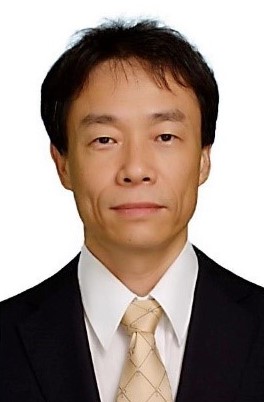|
Biography:Nei Kato is a full professor and the Dean with Graduate School of Information Sciences, Tohoku University. He has researched on computer networking, wireless mobile communications, satellite communications, ad hoc & sensor & mesh networks, UAV networks, AI, IoT, and Big Data. He has published more than 500 papers in prestigious peer-reviewed journals and conferences. He is the Editor-in-Chief of IEEE Internet of Things Journal, the Director of Magazine of IEEE Communications Society. He is a Fellow of the Engineering Academy of Japan, a Fellow of IEEE, and a Fellow of IEICE. Title: On Optimizing Space-Air-Ground Integrated Networks by Artificial Intelligence Abstract: It is widely acknowledged that the development of traditional terrestrial communication technologies is unable to provide all users with fair and high quality services due to the scarce network resources and limited coverage areas. To complement the terrestrial connection, particularly for users in rural, disaster-stricken, and/or other difficult-to-serve areas, satellites, unmanned aerial vehicles (UAV), and balloons have been utilized to relay the communication signals. Recently, the Space-Air-Ground Integrated Networks, referred to as SAGINs, were proposed to improve the users’ Quality of Experience (QoE). However, compared with existing networks such as ad hoc networks and cellular networks, the SAGINs are much more complex due to the various characteristics of the three network segments. In order to improve the network performance of SAGINs, researchers are confronting many unprecedented challenges. In this keynote, I will demonstrate how the Artificial Intelligence (AI) technique, in particular deep learning, can be harnessed to optimize the SAGINs. As the AI technique has shown its predominant advantages in many applications, in the keynote, I will analyze several main challenges of SAGINs and explain how these problems can be solved by AI. I will also consider the satellite traffic balancing as an example and present a deep learning based method to improve the traffic control performance. I will show how the state-of-the-art deep learning techniques such as deep convolutional neural networks can be exploited to uniquely characterize the inputs and outputs of the SAGINs. I will also focus on issues such as datasets needed to train such deep learning architectures that are essential to acquire accurate training and prediction. |









